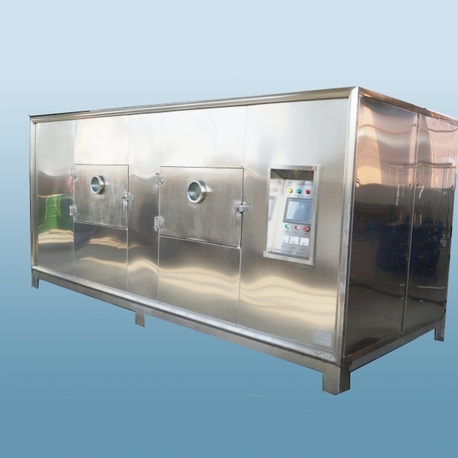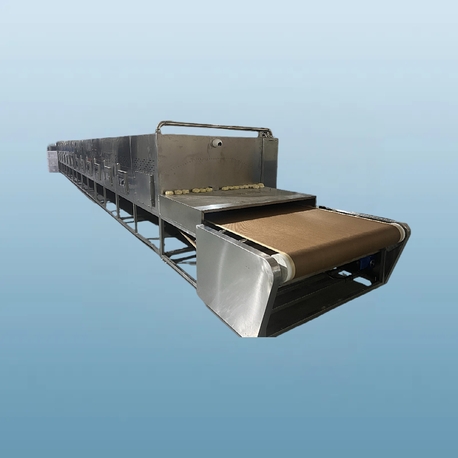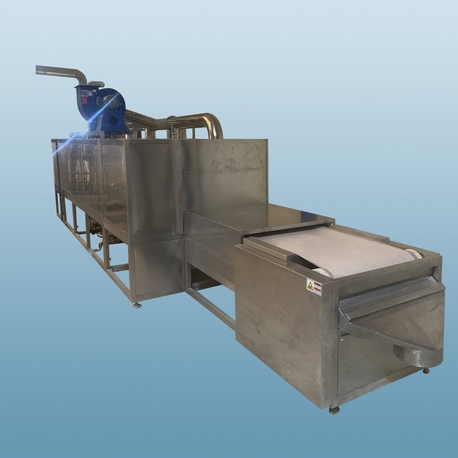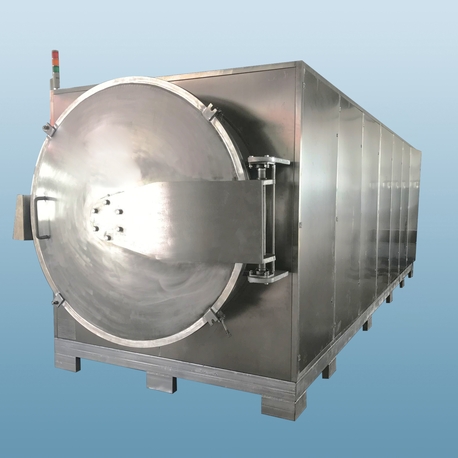In the world of agriculture and grain processing, efficient moisture management is crucial for preserving crop quality and maximizing profitability. Corn, as one of the most widely cultivated grains globally, requires precise drying to prevent spoilage and ensure market readiness. This is where a corn dryer becomes an indispensable tool for farmers and commercial operations. In this article, we'll delve into the inner workings of industrial corn dryers, outline a detailed operating procedure, and highlight why these machines are vital for modern grain handling. As a leader in innovative drying solutions, Nasan has been at the forefront of developing reliable corn dryers that cater to the demands of large-scale agricultural businesses. Whether you're new to grain drying or looking to optimize your processes, understanding how a corn dryer functions can lead to better yields and reduced losses.
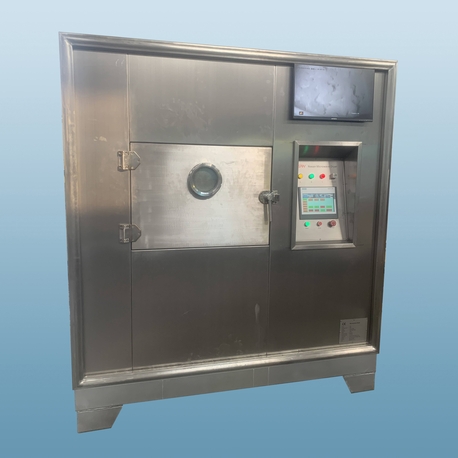
What is a Corn Dryer?
A corn dryer is a specialized industrial machine designed to reduce the moisture content in harvested corn kernels to a safe level for storage and processing. When corn is harvested, it often contains high moisture levels—typically between 20% to 30%—which can lead to mold growth, insect infestation, and overall degradation if not addressed promptly. By using a corn dryer, operators can efficiently lower this moisture to around 12-15%, depending on the intended use, such as for animal feed, human consumption, or seed preservation. Industrial corn dryers come in various types, including continuous flow dryers and batch dryers, each suited for different scales of operation. For instance, continuous flow corn dryers are ideal for high-volume processing, allowing corn to move through the system steadily, while batch dryers handle smaller loads at a time. The core purpose of any corn dryer is to enhance grain longevity and quality, making it a cornerstone of post-harvest management in the agricultural sector.
How Does a Corn Dryer Work?
Understanding the mechanics behind a corn dryer is key to appreciating its efficiency. At its heart, a corn dryer operates on principles of heat transfer and airflow to evaporate excess moisture from corn kernels. The process begins when wet corn is loaded into the dryer's hopper. From there, it typically moves through a series of chambers or columns where heated air is circulated. This air, generated by a combustion system or electric heater, is controlled to maintain optimal temperatures—usually between 100°F and 200°F (38°C to 93°C)—to avoid damaging the kernels.
In a typical industrial corn dryer, the corn is agitated or conveyed slowly to ensure even exposure to the warm air. As the hot air passes through the grain bed, it absorbs moisture from the corn, which is then expelled as vapor through exhaust vents. Many modern corn dryers incorporate sensors and automated controls to monitor moisture levels in real-time, adjusting the drying cycle accordingly. This not only improves efficiency but also prevents over-drying, which can lead to kernel cracking and nutrient loss. The entire drying process in a corn dryer relies on a balance of temperature, airflow rate, and dwell time, ensuring that corn reaches the desired moisture content without compromising quality. Brands like Nasan have integrated advanced features, such as energy recovery systems, to make their corn dryers more sustainable and cost-effective for commercial use.
Step-by-Step Operating Procedure for a Corn Dryer
Operating a corn dryer requires careful attention to detail to achieve consistent results. Below is a general step-by-step procedure commonly followed in industrial settings. Always refer to the manufacturer's guidelines, such as those provided by Nasan, for specific models.
Pre-Operation Inspection: Before starting the corn dryer, conduct a thorough check. Ensure all components, including the burner, fans, and conveyors, are clean and in good working order. Verify that safety features, like temperature sensors and emergency stops, are functional. This step minimizes downtime and prevents accidents.
Loading the Corn: Use a conveyor or elevator to load the wet corn into the dryer's intake hopper. Avoid overloading, as this can lead to uneven drying and strain on the machine. For batch dryers, measure the load size according to the dryer's capacity, while continuous flow corn dryers require a steady feed rate to maintain efficiency.
Setting the Parameters: Adjust the dryer settings based on the initial moisture content of the corn, which can be determined using a moisture meter. Set the desired output moisture level (e.g., 13% for storage) and the appropriate temperature and airflow. Many industrial corn dryers, including those from Nasan, feature digital controls for precise adjustments.
Initiating the Drying Cycle: Start the corn dryer and monitor the initial phase closely. The machine will heat the air and circulate it through the corn. During this stage, observe the temperature gauges and moisture readings to ensure they remain within safe limits. If the corn dryer has an automated mode, it may self-adjust based on sensor data.
Monitoring and Adjusting: Throughout the cycle, regularly check for any blockages or fluctuations in performance. Sample the corn periodically to test moisture levels manually. If using a continuous flow corn dryer, maintain a consistent feed rate to prevent bottlenecks. This proactive approach helps in achieving uniform drying.
Unloading and Cooling: Once the corn reaches the target moisture content, stop the heating element and allow the corn to cool within the dryer or a separate cooling chamber. This step is critical to prevent condensation and spoilage during storage. Finally, unload the dried corn using the output conveyor for further processing or storage.
Post-Operation Maintenance: After use, clean the corn dryer thoroughly to remove any dust or residue. Inspect for wear and tear, and schedule regular maintenance as per the manufacturer's recommendations. Proper upkeep extends the lifespan of the corn dryer and ensures reliable performance in future cycles.
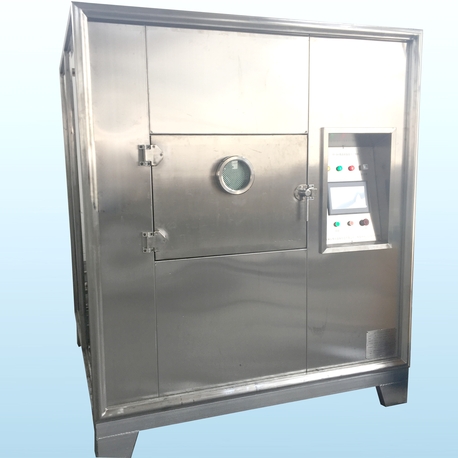
Benefits of Using an Industrial Corn Dryer
Investing in a high-quality corn dryer offers numerous advantages for commercial grain operations. Firstly, it significantly reduces post-harvest losses by preventing mold and insect damage, which can save farmers substantial amounts of money. A well-maintained corn dryer also improves grain quality, leading to better market prices and increased profitability. Moreover, industrial corn dryers enhance operational efficiency by automating the drying process, allowing for faster turnaround times during peak harvest seasons. Energy-efficient models, like those developed by Nasan, help lower fuel or electricity costs while minimizing environmental impact. Additionally, using a corn dryer provides greater control over moisture levels, which is essential for meeting industry standards and ensuring food safety. Overall, a corn dryer is not just a machine but a strategic asset that supports sustainable agriculture and business growth.
Why Consider Nasan for Your Corn Drying Needs?
Nasan has built a reputation for manufacturing robust and innovative corn dryers that meet the rigorous demands of the agricultural industry. Their machines are designed with user-friendly interfaces, energy-saving technologies, and durable components to withstand heavy use. By incorporating real-time monitoring and automated controls, Nasan corn dryers help operators achieve precise drying results with minimal manual intervention. Whether you're handling large volumes of corn or need a customizable solution, Nasan offers a range of models to fit various operational scales. As a brand committed to excellence, Nasan continues to evolve its corn dryer lineup based on customer feedback and technological advancements, making it a trusted choice for grain processors worldwide.
In conclusion, a corn dryer is an essential piece of equipment for anyone involved in corn production or processing. From understanding how it works to following a systematic operating procedure, proper use of a corn dryer can lead to improved grain quality and economic benefits. Brands like Nasan play a pivotal role in advancing this technology, providing reliable solutions that cater to modern agricultural needs. By integrating a corn dryer into your operations, you can ensure that your corn remains in optimal condition from field to market.
Frequently Asked Questions (FAQs)
Q1: What is the average drying time for corn in an industrial corn dryer?
A1: The drying time in a corn dryer varies based on factors like initial moisture content, dryer type, and ambient conditions. Typically, an industrial corn dryer can take anywhere from 4 to 12 hours per batch or achieve continuous drying at rates of 100 to 500 bushels per hour. For precise estimates, consult your corn dryer's manual or a supplier like Nasan, as their models often include efficiency features that reduce drying time.
Q2: How do I maintain a corn dryer to ensure longevity?
A2: Regular maintenance is crucial for a corn dryer. This includes cleaning the interior and filters after each use, inspecting belts and bearings for wear, and calibrating sensors periodically. Also, follow the manufacturer's service schedule—for instance, Nasan provides detailed guidelines for their corn dryers to prevent common issues and extend machine life.
Q3: Can a corn dryer handle other grains besides corn?
A3: Yes, many industrial corn dryers are versatile and can process other grains like wheat, soybeans, and rice. However, adjustments to temperature and airflow settings may be necessary due to different grain characteristics. Always check the corn dryer's specifications and consult the manufacturer, such as Nasan, to ensure compatibility and optimal performance.
Q4: What safety precautions should I take when operating a corn dryer?
A4: When using a corn dryer, always wear appropriate protective gear, such as gloves and safety glasses. Ensure the area is well-ventilated to avoid fume buildup, and never bypass safety features like temperature cut-offs. Regularly train operators on emergency procedures, and refer to resources from brands like Nasan for specific safety protocols tailored to their corn dryer models.
Q5: How energy-efficient are modern corn dryers?
A5: Modern corn dryers, including those from Nasan, are designed with energy efficiency in mind. They often incorporate heat recovery systems, improved insulation, and variable-speed fans to reduce fuel or electricity consumption. On average, an efficient corn dryer can lower energy costs by 10-20% compared to older models, making it a smart investment for sustainable operations.


